
A Digital Twin (DT) is a fully functional digital instance (proxy) of a physical entity. This could be a machine, equipment or a complete plant. This twin digitally represents all features and aspects such as mechanical, electrical, process, time-historical data, etc. A Digital Twin demonstrates the concept of bridging the physical & digital assets with the aid of sensors and the Industrial Internet of Things (IIoT). The result is a comprehensive data-driven digital model which helps to increase the reliability and efficiency throughout the entire life cycle of its physical counterpart. This digital environment with live streaming data opens up whole vistas of new possibilities for AI-based data analyses in simulated digital scenarios. The digital twin is also one of the top 10 strategic technology trends in leading manufacturing organizations worldwide
A Digital twin works when it accurately represents and simulates the physical entity. It provides not only the design data, operational conditions etc. through its sensors and linkages, but also enables simulation and predictive analyses of asset performance issues that are even yet to occur.
A digital proxy can talk to other proxies and form a whole network of intelligent devices in a digital eco-system enhancing the accuracy of predictive models. Findings from these predictive and prescriptive simulation models can be applied to physical assets to deliver increased productivity in real life. These intelligent virtual assets enable intelligent decision-making for operations, maintenance and optimization over the period.
In a nutshell, digital twins can be effectively deployed to improve products, manufacturing processes, equipment, or system across any industry.
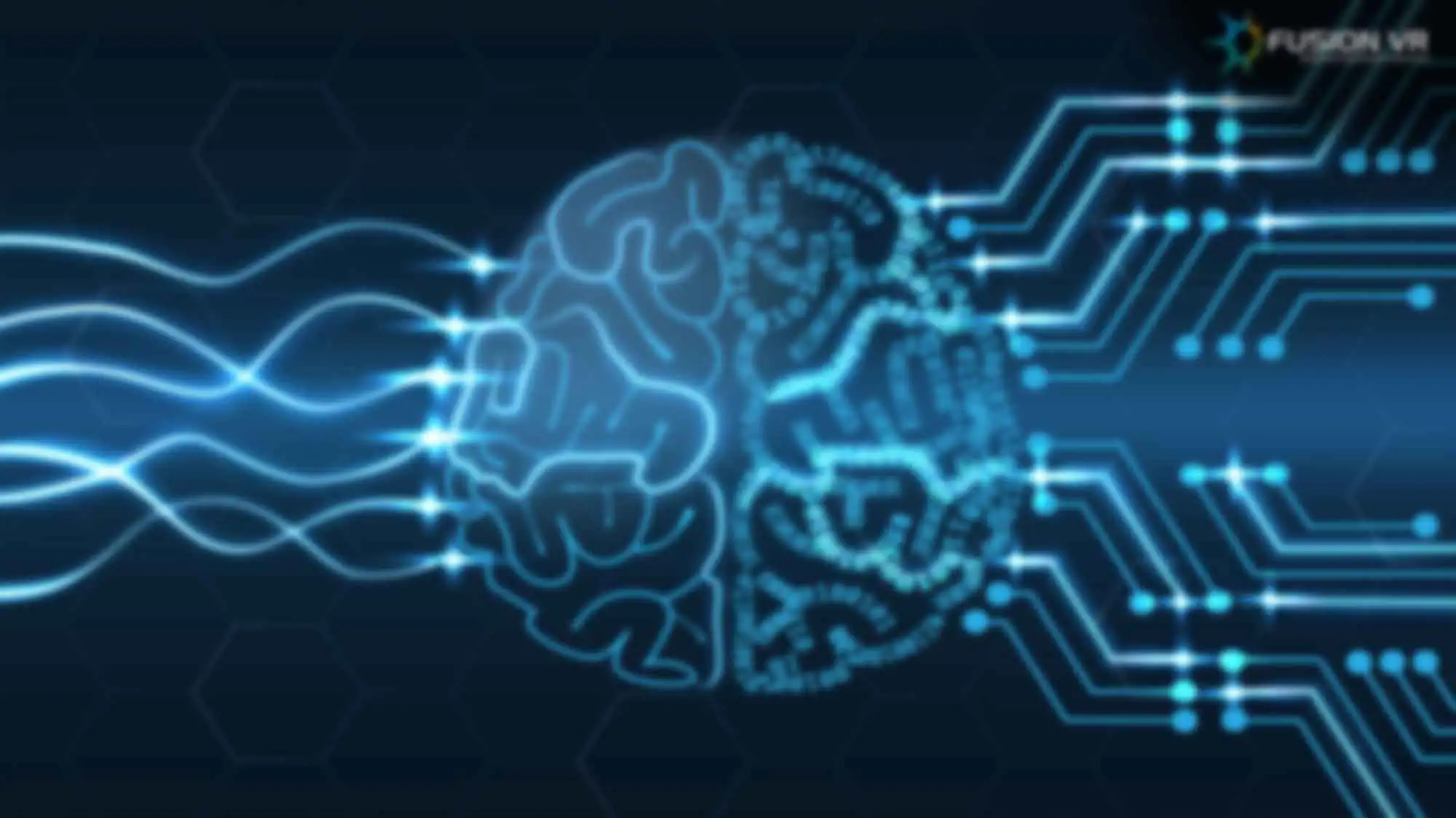
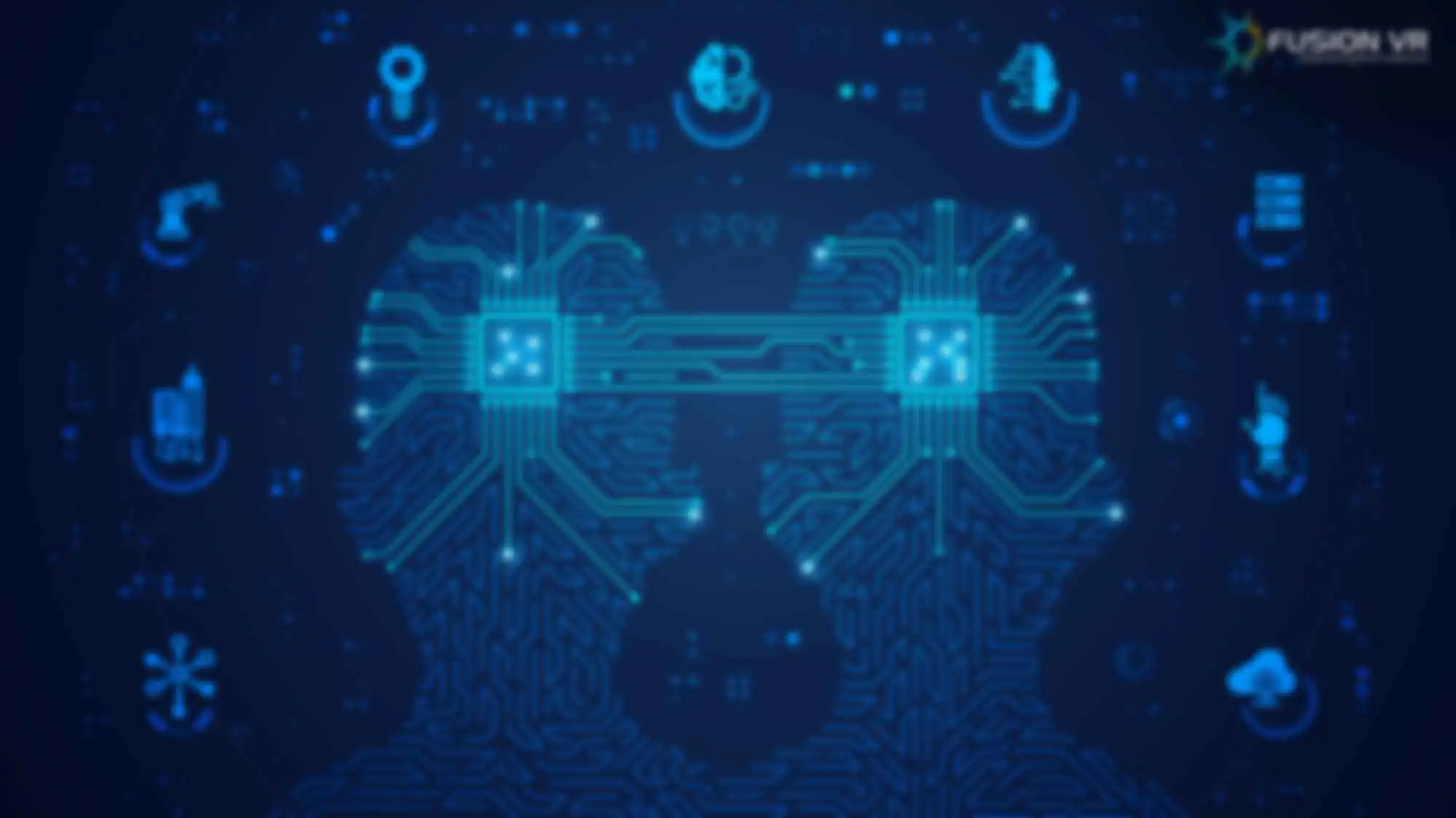
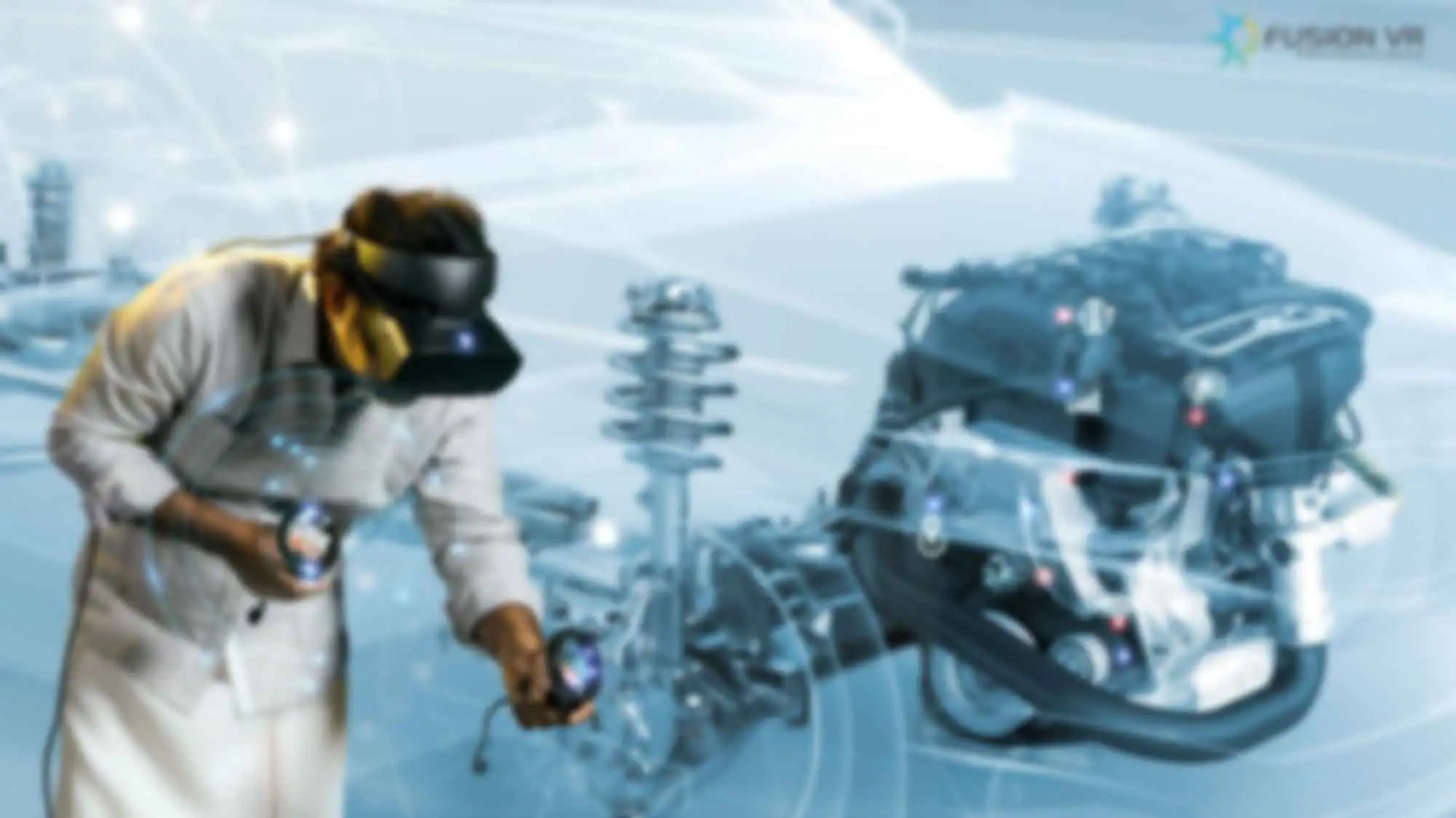
There are different types of digital twins that can be deployed. Though the core idea of a Digital Twin is enabling real-time operation monitoring and simulation of performance, there are also various other associated use cases based on the type of the Digital Twins.
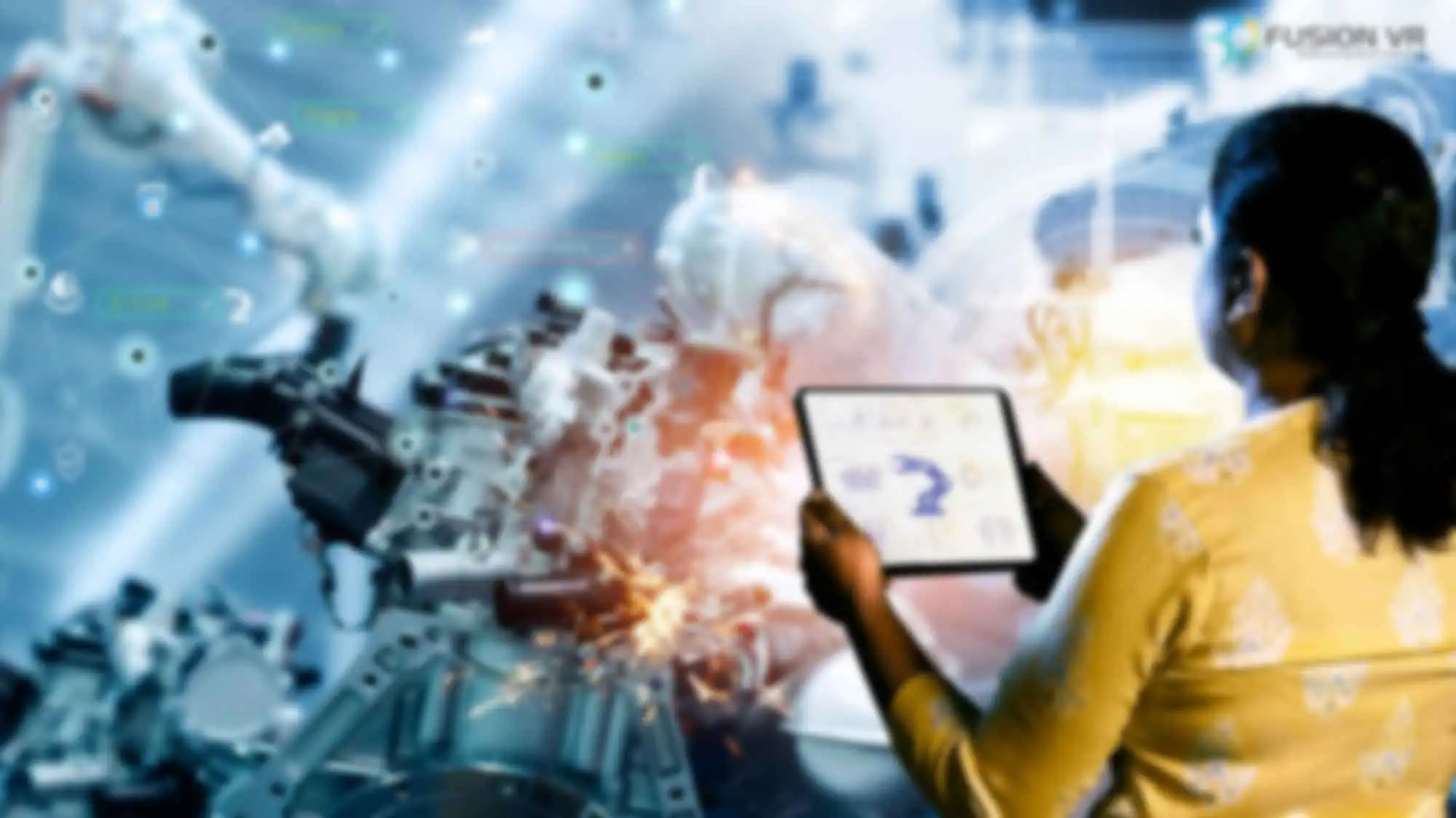
A Basic Twin is a digital representation of the physical entity through dashboards or two-dimensional (2D) engineering diagrams that are digitally created and connected through IIoT to live stream sensor data (data flows in one direction only). This twin can reside in the form of mobile apps, PC apps, or browser-based and used to monitor live-status with alarm notifications. It is used to represent and monitor the function and health or condition of the physical entity using virtual models. The data received can be presented as KPIs, status reports, trends, charts and alerts.


An Operational Twin is a visual representation of the physical entity through 3D-Computer Aided Design (CAD) engineering models that are developed and connected through IoT to live stream sensor data (with bi-directional data flow). This twin enables users to interact and remotely control the operating parameters of a physical object, equipment or assets. Hence these applications are process intensive and demand a high degree of security, which naturally are PC-based apps.
This type of digital twin provides the look and feel of its physical entity, but also provides the ability to control from afar. In the post-COVID world, the operational twin provides a great advantage to understand and address operations and maintenance issues from any remote location in real-time.

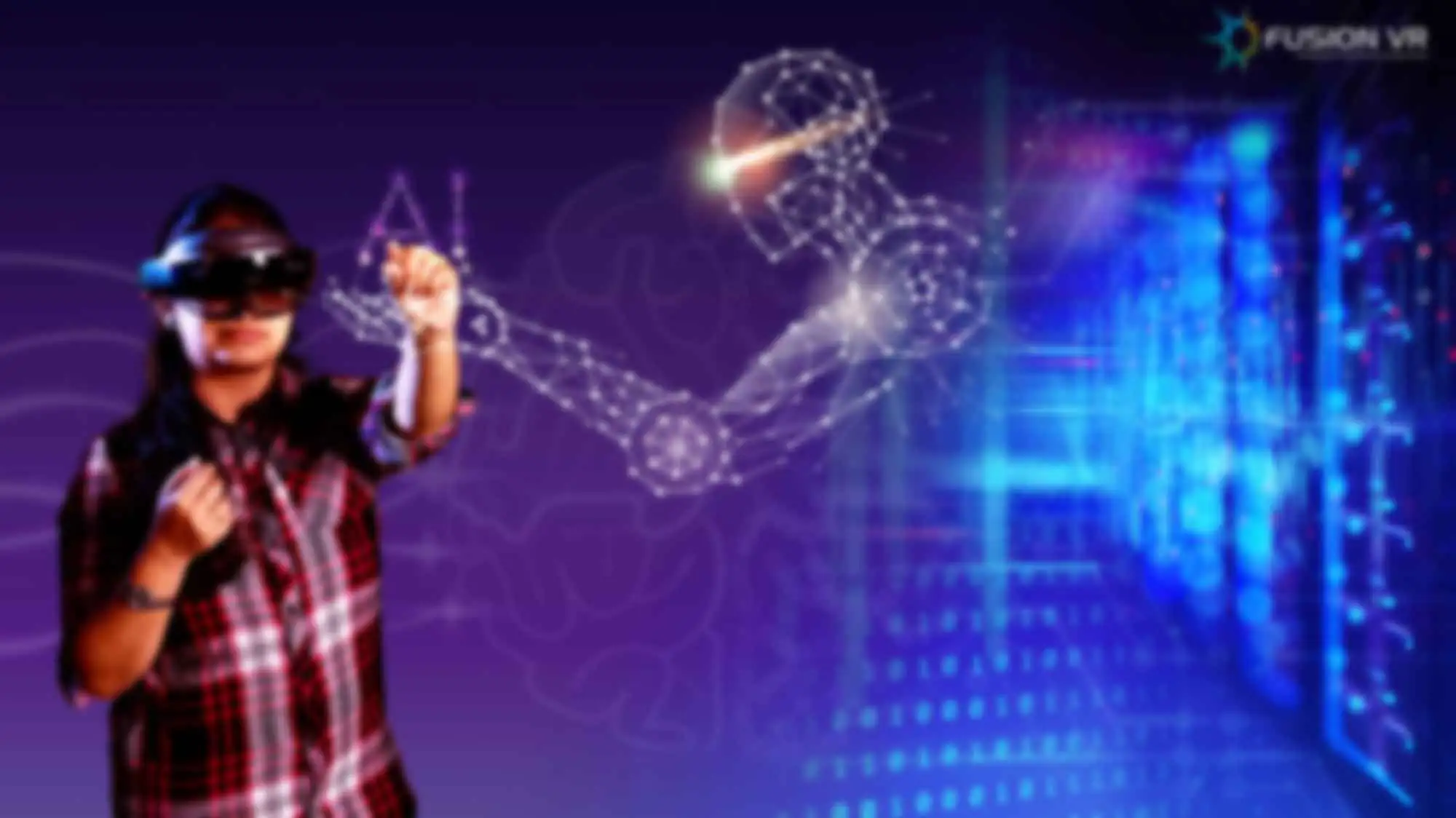
An Intelligent Twin is powered with Data-Analytics, AI, and ML. They are designed to predict and forecast operational and maintenance insights through real-time simulations and present them through dashboards, heat-maps, and other visual means of visual representation of intelligence.
These twins are extremely useful for reliability focused organizations where outages and performance shortcomings need to predicted well ahead of time and addressed comprehensively. Insights from intelligent twins for similar machines can be obtained to enhance prediction and troubleshooting.

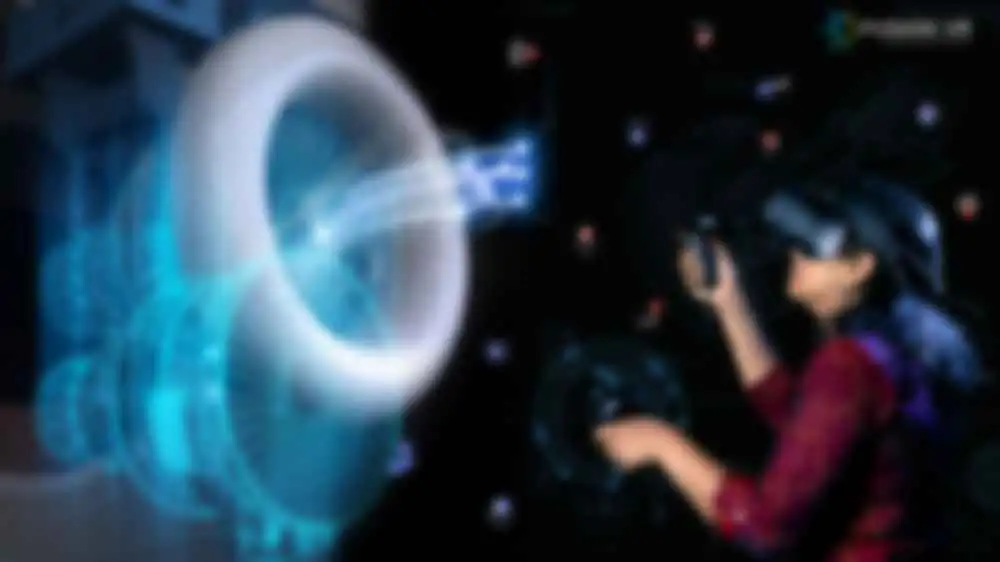
An Immersive Twin is a believable virtual reality representation of physical assets created using 1:1 scale 3D model with realistic texturing, lighting, fluid & physics simulations for the immersive (VR/AR/MR) environments and optimized for real-time photorealistic graphics rendering. Such carefully crafted DTs simulate the user tele presence with highly immersive 360° field-of-view and First-Person spatial experience. When connected through IIoT, these twins can assist in monitoring and controlling physical assets, though it’s not the main purpose. Immersive twins enable the transformation of the workforce by transferring several years of knowledge and experience in a very short duration there by saving years of training time. PWC’s latest study indicates that VR training is 4 times faster and more focused compared with conventional class-based training approaches and 3.75 times more emotionally connected with a 40% improvement in employee confidence.
The conventional use of sensor data in factories is to monitor and control process operations. The data available on the entire performance history of the entity is underutilized. The concept of DT exploits the fullest advantages of these invaluable assets of any organization.
DT provides a holistic view of operations in real-time with intelligent suggestions, which enables collaborative decision-making with different groups. Since this model is based on Data-Analytics, Machine-Learning algorithms, and Artificial intelligence, the DT continues to learn, increases prediction accuracy and improves the physical entity’s efficiency throughout its lifecycle.
Conventional simulations use theoretical models to imitate processes in a simulated CAD environment which assists engineers in manufacturing design, performance analysis, and testing new concepts. These results are quite theoretical. on the other hand, Digital Twins use the Live-Streaming IIoT data from the physical equipment’s sensors to monitor current performance and provide accurate predictions which directly affect its physical counterpart.
DT increases efficiency during design and build stages by reducing time and errors in the construction sequence. It enables engineers to virtually commission the digital twin, learn lessons, and avoiding expensive mistakes during actual commissioning of the physical assets. Plant reliability and availability is enhanced through assisted production and preventive/predictive maintenance strategies. DTs can be engaged in virtual operations, maintenance, and reliability training to advance in-house expertise. These advantages effectively deliver lower overall costs and yield improved Returns on Investment (ROI).
The ongoing pandemic has made a revolutionary shift in the way we manage people, processes, and physical assets. Social distancing requirements has eliminated the ability to perform work in conventional interactive ways. Enabling digital twins allows these assets to be monitored, managed, improved, or restored with minimal physical interventions that are safe and less disruptive to the organization.
The business and manufacturing environment has changed dramatically during the past years and business leaders need to make strategic moves toward investments in disruptive technologies. The conventional wisdom that drives investment towards upgrading machinery, improved controls and cost-cutting will not be sufficient for achieving sustainable business growth in the future. Intangible and intelligent digital assets and intellectual property (IP) effectively deployed into manufacturing and business processes are critically important to deliver increased all-round efficiency, superior customer experience and significant competitive advantage.

Bold strategic decision-making can happen only if CEOs and the Senior Leadership have radical thinking and end to end understanding of Industry 4.0 and DTs. They should also develop capabilities to prioritize the implementation of appropriate use cases with measurable benefits and financial returns. Mere adoption of this technology alone is insufficient. It requires using the right expertise, choosing proper use-cases, blended with imagination and pragmatism to make success a practical reality. One of the biggest advantages during the development and implementation of DTs is that physical assets and the activities on the shop floor remain unaffected. This seamless adoption is a sure winner for the organization.
Involve and engage all stakeholders under the leadership of the IT Department.
Avoid silos! Identify and involve the right people with the right skill-sets and attitude.
Identify and deploy experienced expert Digital Twin partners with a strong industrial background and integrate them inside the value system. Extensive hand-holding during all phases of implementation is crucial.
Implementing everything in one go may not be an effective strategy. Begin Piloting and implementing a phased approach with clear milestones and a step-by-step implementation plan before going Mainstream.
Develop KPIs, track milestones, and quantify ROI through periodic reviews. Ensure familiarization and training of all stakeholder groups to maximize the success of the implementation.
Assess and report the effectiveness of DTs and document benefits achieved in comparison with existing legacy systems in your organization.
Build on the successes achieved and identify more challenging and rewarding opportunities for implementing DTs in other parts of your manufacturing value chain.
Stay abreast of technological innovations and approaches in the market and meaningful changes were required to your roadmap.

Physical twins and simulators have long been in use for testing, training and performance improvement. The space programs at NASA deployed them in 1970 to troubleshoot issues and provide much need guidance to astronauts who are thousands of miles away from earth. The rescue of the Apollo 13 crew is the best-known example of how such physical twins were effectively used to enable their safe return to earth.
The concept of a digital twin was mentioned by Dr. Grieves of the University of Michigan in 2002 during a presentation called “Conceptual ideal for Product Lifecycle Management (PLM). The term was coined much later in 2011 and has since been embraced by experts in academic and industry circles.
The growth of and computing technologies, Industrial Internet of Things, Artificial Intelligence, Data Analysis and advanced visualization has helped make digital twin technology a reality. This is no longer science fiction and the unlimited potential of Digital Twin technology is getting recognized slowly over the past few years by industry captains and experts worldwide.
Digital Twins can be deployed in many diverse fields that employ complex processes and use sophisticated machinery or systems. They can be implemented in diverse industries such as Chemicals, Oil & Gas, Mining, Power, Nuclear, Pharma, Healthcare, Automotive, Shipping, Renewable Energy, Smart-City etc.
The type of digital twin to be deployed depends on the end-user requirements and use cases they wish to take advantage of. For example, in the case of complex machinery, the digital twin can be used throughout the entire lifecycle of the product. Starting from prototype & design evaluations, improving manufacturing techniques, monitoring asset performance and reliability, a digital twin delivers significant benefits throughout the lifecycle of a machine.
A model and digital twin may not be considered the same. A digital twin can come to existence only after its IIoT enabled physical counterpart is created. In the absence of a physical twin, the digital entity becomes just a model. In other words, for a digital twin to exist, a physical entity is a must.
At the product design stage, a digital twin may come into existence only after a physical prototype is developed. Data obtained from the prototype could be used to update the digital twin to simulate performance and obtain data that would then be further used to improve the prototype design.
Traditional simulators are driven by complex mathematical models that attempt to provide a realistic imitation of a system, process or machinery which doesn’t exist. Simulations are useful in understanding what could happen with a physical entity in real world. The performance of a simulator is dependent on the accuracy of underlying models and its equations.
Digital Twins on the other hand are driven by IIoT data that help us understand how the system in behaving in the real world. The model can be improved over time with real world learnings. Digital twins such as the Basic Twin and Operational Twin mirror the performance of its physical twin. However, Intelligent Digital Twins are capable of performing simulations which are powered by technologies such as Data Analytics, Artificial Intelligence and Machine Learning and deliver valuable insights, intelligent predictions and prescriptions that could drive performance improvement and returns for the physical twin.
Traditional simulations are therefore limited in its scope and application till the design phase compared to an intelligent digital twin which could serve for the entire lifecycle of the system.
A Digital Thread connects data and information that is generated across the product lifecycle in a data driven digital architecture that would streamline design, engineering, construction, operations, maintenance and end-of life processes. This enables organizations to efficiently design, operate and maintain complex processes and machinery over its entire useful life.
On the other hand, a Digital Twin is a digital proxy which represents the physical entity in its current operating conditions that delivers the ability to monitor and enhance the performance of those assets to improve overall efficiency.
While a Digital Thread can exist without a Digital Twin, it could provide intelligence and performance improvements of an associated Digital Twin.
In Petrochemical, Oil & Gas plant operations, the digital twin technology enables monitoring the performance of the physical counterpart through its digital twin by multiple stakeholders. The digital twin analyzes data from the sensors on its physical counterpart to identify issues, perform diagnostics, gain insights, provide predictions and deliver recommendations in real time to address identified issues with minimal or no downtime. Such interventions could prove to be extremely useful for manufacturers with tight supply chains and highly demanding customers worldwide.
Digital Twins can be highly effective in the supply chain management of process or manufacturing unit. As processes are optimized and lean manufacturing implemented, the scheduling and supply of raw materials can be streamlined and optimized with recommendations generated from the digital twin.
Integrating enterprise resource software and procurement processes will enable optimized inventories of raw material and critical spares. Failure modes can be anticipated and critical spares can be arranged without the need for human intervention.
Customers can be forewarned about potential challenges and alternate supply chains activated to manage disruptions delivering excellent service with the use of digital twins.
A facility or manufacturing unit shutdown may sometimes become inevitable to resolve an issue. Should an outage become necessary to repair the physical asset, the digital twin can deliver the maintenance planning and execution teams, the list of spares and consumables, activate expert vendor services, manpower resources, contractors, maintenance procedures and commissioning instructions in very short timeframes. Such applications of digital twins enable effective planning and execution of complex outages. Good planning leads to safe execution, reduced downtimes and greater customer satisfaction.
In a globalized world, manufacturing facilities are spread across the world and sometimes in remote, unhospitable locations. Digital twin technology becomes very useful when companies need to manage remote installations across challenging terrains and high risk, hazardous facilities. These could be oil & gas installations, wind turbines, mining installations, off shore and deep-sea oil and gas facilities, nuclear plants etc. where expert help cannot be mobilized immediately to troubleshoot issues and perform repairs.
The digital twins enable complex installations portable in a sense and takes it to places where experts and managers are located and brings together reliable data and intelligence for effective decisions. It is evident that Digital Twins deliver on improved safety and reliability outcomes. With increased economy of scale, large capacity factories and plants make it cheaper to supply materials to markets worldwide. Any unplanned outage of such large facilities leads to supply chain shocks that reverberate worldwide. Companies need to manage such risks and digital twins provide robust mitigations against such events.
A common misconception is that Digital Twin implementation is highly challenging. It is essential to demystify the technology and help clear those misconceptions. With the information given, it’s quite easy to effectively explain to industry executives that Digital Twin technology, expertise and execution is actually within anybody’s reach. The key thing here is about clients’ understanding of the technology and its ability to transform business. Once the pain points are matched with the right use cases, the adoption and deployment of Digital Twins is easy. Please check the following questions & answers for more insights.
The processing intensive nature of this cognitive technology platforms such as Computer Vision, Machine Learning (ML), Artificial Intelligence (AI), Deep Learning (DL) & Immersive Technologies make organizations believe that the required high-end IT infrastructure is highly expensive. Hardware manufacturing in the past decade has grown rapidly to deliver the needs of the industry only at a fraction of their cost in the past. Also, the good news is, the cost of sensors, which are critical to any digital twin, has dropped by more than 70% over the last ten years. Organizations can take these cost advantages.
Memory errors have been identified as one of the leading causes of system crashes in the past. This makes many worried on the stability of the system. Reliable Memory is already available and proving in the market. Further development is ongoing to deliver high performance systems with outstanding processors and real time graphics that are essential for successful digital twins. Improved 4th generation hardware is readily available and affordable across the world.
In addition to the above, the quality, bandwidth and latency of connectivity is thought still a challenge like in the past. While this may have been the situation five years ago, it is not the case today and such challenges have been surmounted as evidenced by how widespread these technologies are being used today. The improved 4G and fiber networks are already proving sufficient for most common industrial Digital Twin applications. The implementation of 5G networks and technologies in coming years will play the crucial role of an enabler even for sensitive applications like autonomous driving, remote operated robotic VR/AR surgeries etc.
It is important that company leaders and strategy executives, do not get overawed by technical jargon and sophisticated buzzwords that they come across. Industry experts can help to demystify digital twin technology and processes, helping companies understand how digital twins work and provide the most appropriate and trusted guidance.
As the digital twin is connected to critical equipment, operating and control systems, databases, proprietary information systems etc. without doubt, there is always a fear of security exists from the disruption. But, establishing enhanced cybersecurity arrangements will effectively mitigate the risks with adequate protection.
There is also the perceived challenge of attracting and retaining talents to manage the sophisticated systems and utilize the knowledge and insight these systems deliver. Expertise to support such initiatives is available worldwide particularly in the post-COVID world with the maturing of remote support technologies. Additionally, companies specializing in talent acquisition can locate the right talent from anywhere across the globe.
Since the physical assets that these digital twins mirror have long life-cycles in the manufacturing industries, the obsolescence of sensors, components, processing systems etc. that are part of the digital thread needs to be carefully managed and enhanced to ensure sustainable performance.
Guidance is available for companies to effectively manage through asset lifecycle programs and experts from various domains are providing support to companies digital twin technology in this effort. As with the adoption and implementation of new technologies, such apprehensions and misconceptions are natural. Trusted technology partners with industry experience make this journey an enjoyable and rewarding experience.
Here are some of the common mistakes companies tend to make while adopting digital twin technology:
Companies and technology executives tend to get carried away with the hype surrounding the technology without understanding its true capabilities.
Failure to choose the right use cases that deliver the maximum benefit for their organization is another common error. Identifying the pain points and ensuring proper selection of use cases is essential for quantifying and tracking ROI accurately
Companies often err in selecting and engaging the right digitalization partners. The partners chosen need expertise in both the domain and the technology aspects of the use case being chosen. Sometime these decisions could be driven by cost considerations that often lead to choosing inexperienced partners for conceptualization, scope development and execution
Sometimes, companies wish to save costs by trying to implement digital initiatives using in-house resources. They tend to believe, it would help not only accomplish the task at hand, but also develop in house expertise for future projects
Companies also do not invest in analytics for insights on their existing data which would facilitate the digitalization effort with the partners
Thirdly, companies also tend to make the mistake of not involving all stakeholders, particularly end-users at key stages of project development, execution and operations. In addition, there is less attention to knowledge transfer and training for effective utilization of the digital tools
Implementing Digital Twin projects require considerable time and investment. The cost projections and allocations necessary must be captured in the capital budgets. Failure to do so, creates the conditions for slower project execution due to funding crunches
Finally, there is a misguided expectation on fast implementation and returns on investment (ROI). Quite often the preparatory work for the transformation and its implementation could take a significant investment in time and effort. This should be supported by proper capital allocation and budgetary flexibility to support necessary changes brought about by these disruptive technologies in smart manufacturing. This is essential to maximize advantages
With the growth of global trade and tight integration of global supply chains, the importance of digital twin technology in the manufacturing and service sectors of the economy will be more evident and appealing. The drive to stay ahead of the competition drives more and more companies towards adoption of such technologies as they deliver returns on investment and keeping customers and stakeholders satisfied.
In the near future, more and more OEMs would offer digital twins as part of their standard offering along with the machinery and control systems. The integrated package would be more appealing for reliability focused companies who keep a close eye on performance and business results. All aspects of a product lifecycle will be encompassed with a digital twin and will eventually transform the way businesses are managed.
The key to success is not just the advanced hardware or software technologies deployed, but a clear identification of the right use cases and careful crafting of effective solutions that increase employee productivity, reduce costs and deliver superior returns.
Our passionate and committed Process, HSE and Maintenance engineers and Extended-Reality experts with decades of world-class experience have a keen understanding of the challenges, risks and opportunities in your industry. Partner with Fusion VR right away to learn more about our secret recipes, and transform your company’s future in this 21st century!
View Our Projects Enquire NowCDAC, Chennai has approached M/s Fusion VR for making VR on Industry 4.0 for the Defense Organization and provided very short time to finish the project. Fusion VR team has grasped the complete requirement In-Depth and made the excellent quality product and successfully delivered in time with the 100% impressive service.
– Centre for Development of Advanced Computing, Govt of India
We were highly impressed with the quality of the products delivered. I’m particularly writing to appreciate Dr. Bharathy and team for delivering the Virtual Reality Operator Training System for Process Industries concept on 29thJuly2013
– Singapore Development Centre, Yokogawa Engineering Asia Pte Ltd
We are impressed with the work done and the capabilities/demos presented on such a short notice by Fusion VR. Thank you for wonderful demos
- Honeywell Connected Plant, India
This is to certify that M/s Fusion VR has carried out the “Creation of interactive VR application and Holographic content” for Aero Engine at GTRE, Bangalore and the project has been satisfactorily completed.
–GTRE, Bangalore
We evaluated more than 30 solution partners for our AR/VR project requirements and shortlisted Fusion VR for their ability to quickly gain perspectives on the requirement, suggest meaningful & creative solutions, high quality of work, and meticulous detail orientation. We are currently working with Fusion VR
- Hewlett Packard Enterprise, India
Very impressed with Dr.Bharathy & Fusion VR's technical capabilities on this emerging latest technologies. Enthralled on their ability in transforming the VR/AR application to practical digital training & evaluation modules for Oil and Gas, Petrochemical and process sector is highly commendable
- Lloyd’s Register EMEA, Risk Management Consulting
We have approached Fusion VR for demonstrating our virtual concept factory for an event. The project was tagged to critical timeline and commitment. Fusion VR with their in-depth knowledge on this field, have understood the requirement so quickly and delivered on-time with promisingly good quality. I appreciate Dr. Bharathy and the entire team who supported from backend
- Digital Manufacturing, L&T group, India
We are highly impressed with Fusion VR’s immersive Products and Custom Solutions for our Digital Transformation strategies
- Q Care & Sustainable Solutions, Flsmidth, India
Your solution will certainly help many of our clients who are in manufacturing sector. Session has helped our client innovation team to look for use cases for optimizing training and preventive maintenance activities. Looking forward to see your other solutions
- Intelligent Automation | Ernst & Young LLP, India
Fusion VR have been simply superb and their customer service is great. Dr. Bharathy is lively and dexterous intellectual personality showing very much interest and energy
– Digital Geospatial Technologies, L&T Construction, India
Dr. Bharathy brings a high level of positive energy and real experiences in customers’ projects for more than 7 years. All the Industry 4.0 projects under Fusion VR were different yet consistently delivering value that meets the objectives and expectation of customers
– Global Training Solutions Centre, Yokogawa Engineering Asia Pte Ltd, Singapore
As a unique value proposition, Fusion VR’s solution is comprehensive IT brand which has complete solution on VR, AR and MR
- Chennai Petroleum Corporation Ltd, India
We are happy to note that Fusion VR has successfully delivered our HSE-Virtual Reality Training project on schedule. We believe their team has essential technical skills and experience in providing consultation and execution of AR/VR solutions for Industry 4.0 applications. We look forward to more collaborative opportunities with them in future.
- Indian Oil Corporation Limited, India
We are impressed with the Fusion VR’sproducts on smart manufacturing and confident that this will be potential future industry 4.0
- SKF Production System & Competency Development, India
We are happy with the professional approach, experience and excellent execution of our projects by Dr. Bharathy and his team. The project included design and development of Virtual Reality content, successful deployment, training and maintenance. We found the Fusion VR team to be highly skilled, dedicated and committed to ensure timely completion and specified quality standards
- IT, Innovation & Learning Division, Tractors and Farm Equipment Ltd, India
We are impressed with the works done and the abilities of Dr.Bharathy & Fusion VR team in the smart Manufacturing space. We also appreciate the wonderful Industry 4.0 services provided by Fusion VR particularly in the field of extended reality solutions for Digital-Transformation
- National Institute of Ocean Technology, India
The Job has been executed with very high level of professionalism and perfectly done given the time taken for execution. The software development and animation work are very commendable.
- Centre for Industrial Consultancy & Sponsored Research (IC&SR)
INDIAN INSTITUTE OF TECHNOLOGY MADRAS (IIT Madras)
The VR and AR experience installed in the permanent Vivekananda Exhibition at our premises were the creations of team of experts from Fusion VR. Dr. Bharathy is extremely creative, capable, committed, very trust worthy and has been rendering quality service to us for nearly a decade.
- Swami Shantatmananda, Secretary, Ramakrishna Mission, Delhi
Fusion VR has shown us repeatedly the ingenuity to make high quality media content in 3D/VR/AR and other cutting edge technologies which could be achieved only by heavy weight international media production houses at a reasonable budget. With Dr.Bharathy steering the team, we regard him as Dr.RELIABLE and he always over delivers more than we ask for.
- Media Lab, Sri Ramakrishna Math, Chennai
We express our gratefulness to you and your team for the project that could not have seen the light of success without your expertise in the field.
- Swami Jnanalokananda, Secretary, Ramakrishna Mission
Swami Vivekananda's Ancestral House & Cultural Centre, Kolkata
We found Fusion VR team is technically superior in this emerging technology by practicing more than a decade. They have implemented projects in VR and AR for education, entertainment, defense and spiritual projects with a big cluster of experts in that field. So, we wish them to forge ahead with real Make in India brand and seeking long technical and commercial association with Fusion VR".
- ANKIDYNE Play Systems & Science Park, India
The 7DX show Pallava Dynasty -Time Travel from Chronicles India is a unique way to present the rich cultural heritage of our nation to visitors from home and abroad. We have received a lot of appreciation from everyone, particularly from teachers, school children about this show. We appreciate everyone on the Chronicles India team for making this a great success.
– Pallava Dynasty | Chronicles India, Mahabalipuram
Wow! That is what we hear from all our visitors who have experienced the Immex Zone show. Your team has made it possible for people of all ages and backgrounds to have a great VR experience. We wish the team all the very best and hope for future engagements on other exciting public entertainment projects.
– Immex Zone | Singapore
 Voice Enquiry
Voice Enquiry

 Get Started
Get Started